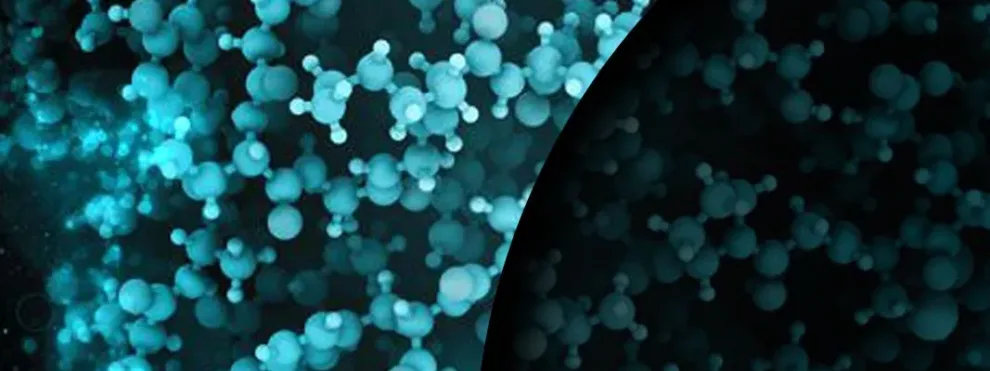For years, Dawn Dufield, PhD and I have been doing our best to get the word out (via as many venues as possible) about KCAS’s unique expertise with hybrid LC-MS/MS. This year’s upcoming EBF meeting in Barcelona is just such an opportunity, and one we are very much looking forward to. At EBF, they have broken their presentations down into specific sessions and last year we realized there was not a single hybrid session, so we saw this as a good opportunity to talk about some of the Large Molecule studies we have conducted – where it may be that either the project has come in as an LBA project, then switch to hybrid, or began as hybrid projects.
We have had a number of challenges presented wherein hybrid revealed itself to be the tool to address the issues, with successful assays moving forward. What we are going to be doing at EBF is presenting multiple case studies to showcase a few of these circumstances and show what we have observed when hybrid solved these issues. Many of these were tough assays.
A Series of Cases for Hybrid Technology
One case study, for instance, included developing an assay for protein in ocular tissue, but there was no actual reference standard available for the protein. So the question became “how do we work around that?” Knowing the sequence and looking for the probable peptides after digestion meant that we could develop an assay based on the peptide rather than the protein form. This provided the numbers needed for quantitation.
Another case study we will be presenting involves another biomarker but, it was a much bigger biomarker. The challenge there was that there were two forms of the biomarker. Here, the short form of the biomarker was completely the same sequence as part of the large form. Add to that, there was no antibody for the short form at all. This required us to consider which approach we could take to measure a concentration whereby we could tell how much of the long form is present and how much of the short form is present. With ligand binding approaches, it would likely have been a struggle to get a definitive answer in this case, but with hybrid we were able to much easier establish the answers needed.
Another case study we will present involved looking at sputum wherein there were no antibodies available. We had to take a completely different approach to extraction in that case, and a big part of the challenge was the matrix we were dealing with – Sputum isn’t just a liquid, it has elements that make it more than that, so it has its own set of difficulties involved, where hybrid can provide a solution when it is necessary to develop assays for non-routine requests like that one.
Who will be most interested in this presentation in Barcelona?
EBF is an ideal meeting for these case studies, as it is the key bioanalysis meeting in Europe. Large Pharma and Small Pharma organizations from across Europe (and, indeed, the world) will be there, and virtually all of them would benefit from hearing about the experiences we’ve had with these case studies. The stories about what we’ve done with hybrid will be of value to all of them.
The things Dawn and Rathna’s teams done with hybrid showcase the problem solving skills KCAS brings to every project presented. KCAS is the perfect group to be presenting something like this because of the diversity of our expertise with these technologies. We have all come together in creating these options for people that are in the middle of these large molecule studies, and presenting solutions that they may not have known about, that could be produced using the hybrid method.
If you have any questions about these services or any others offered by KCAS, please use the form below. Thank you!

